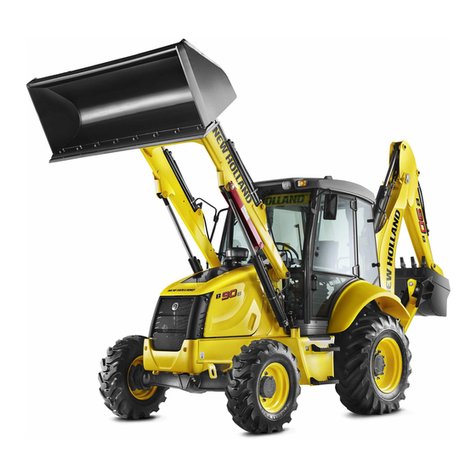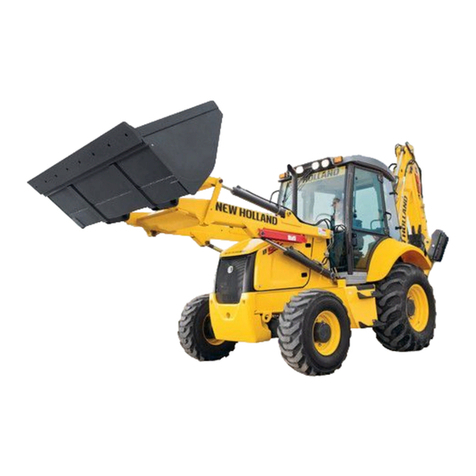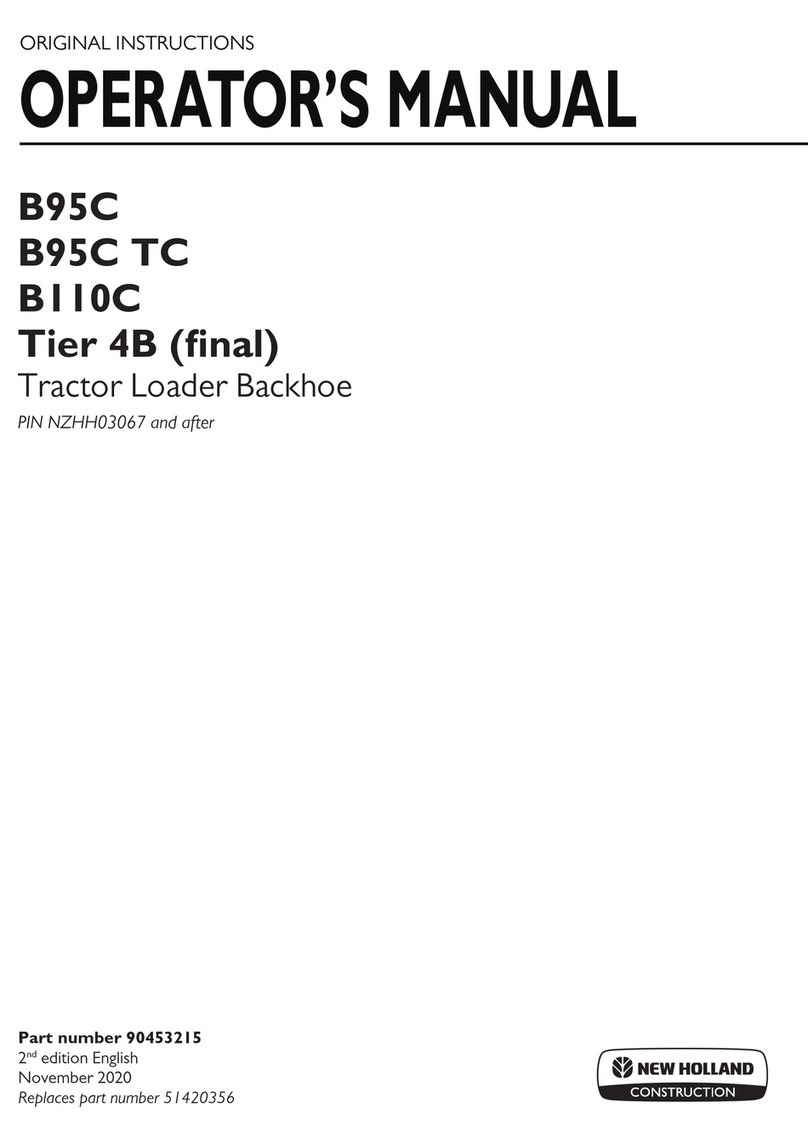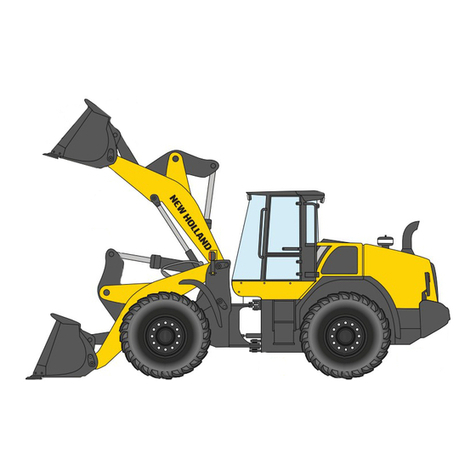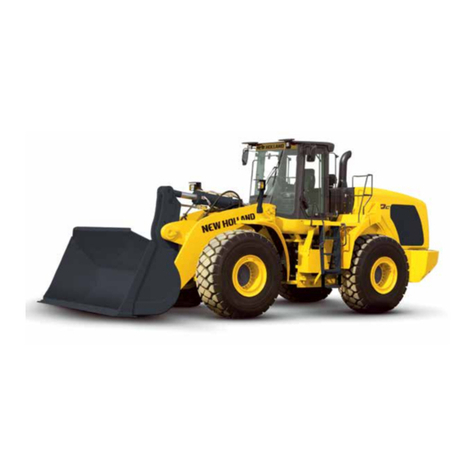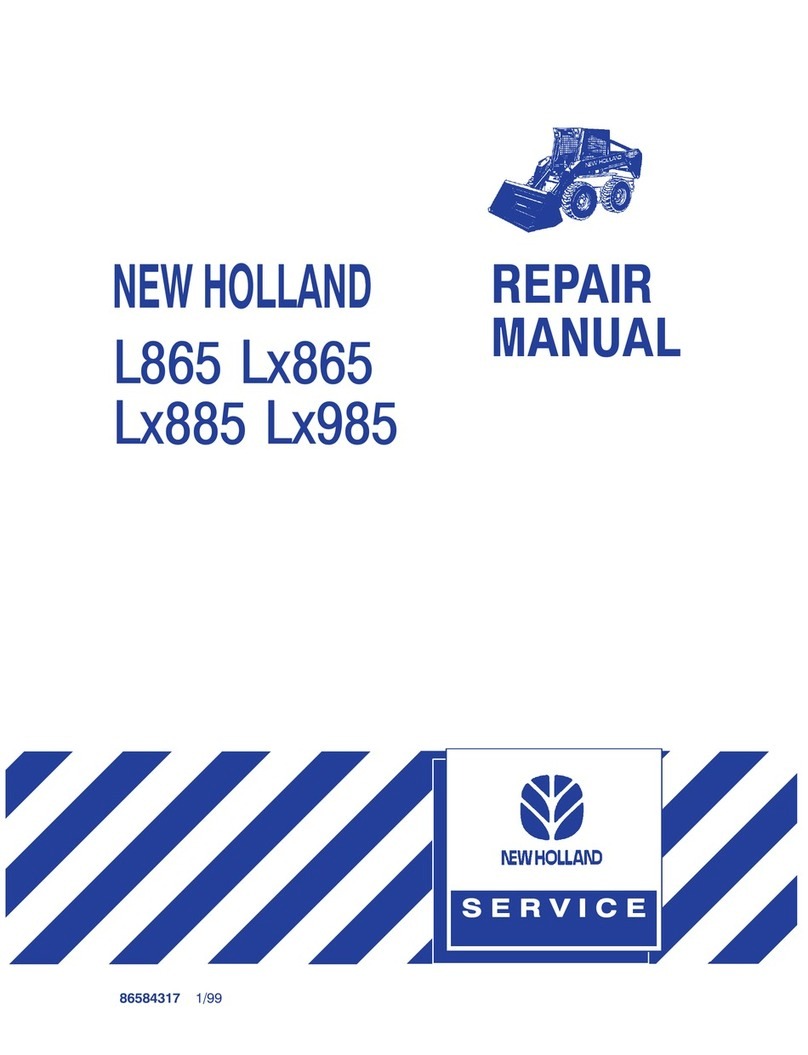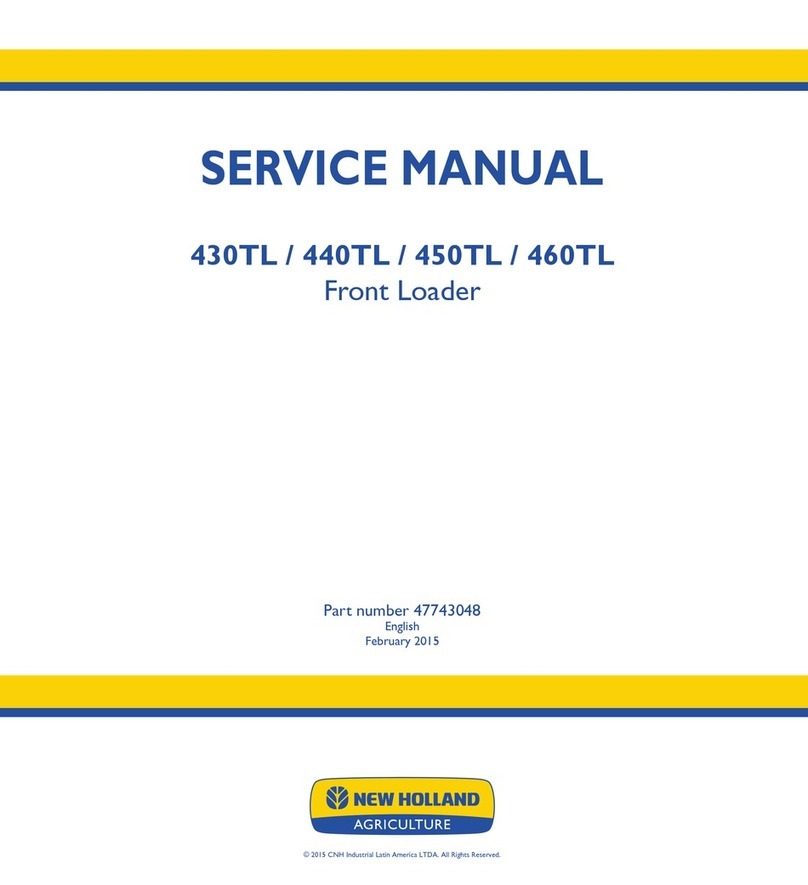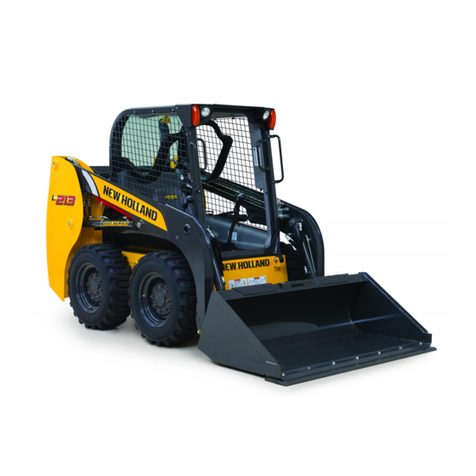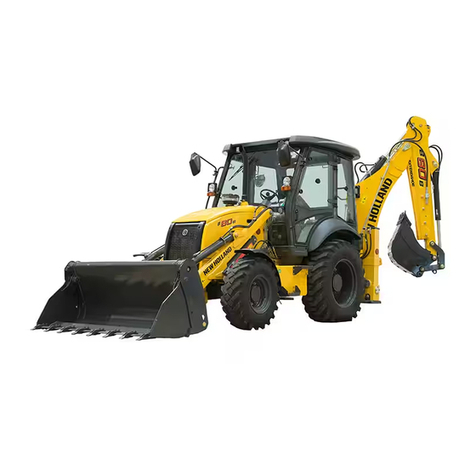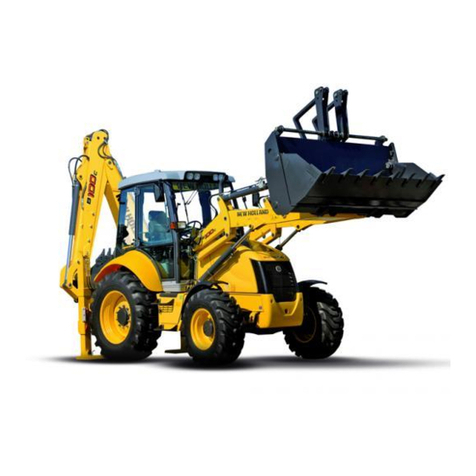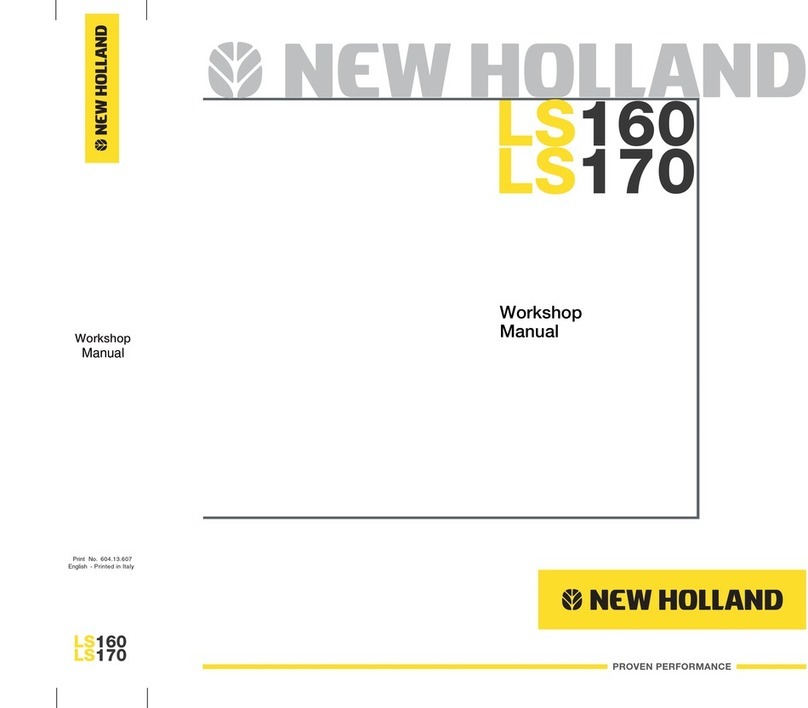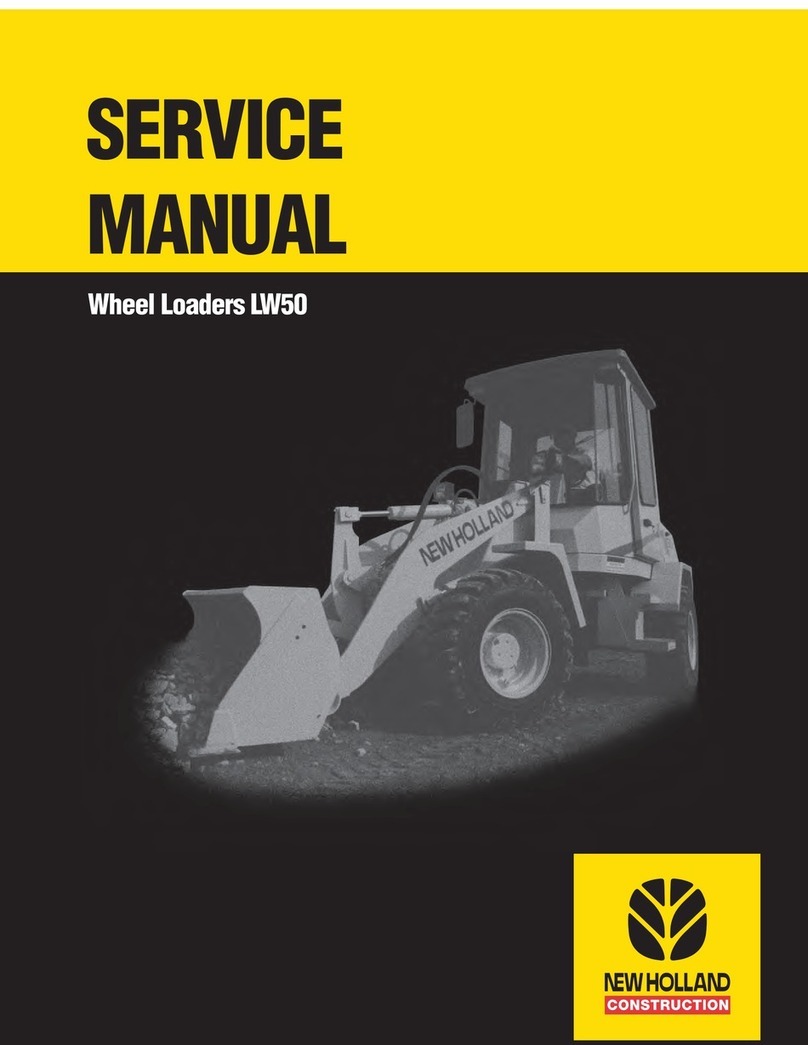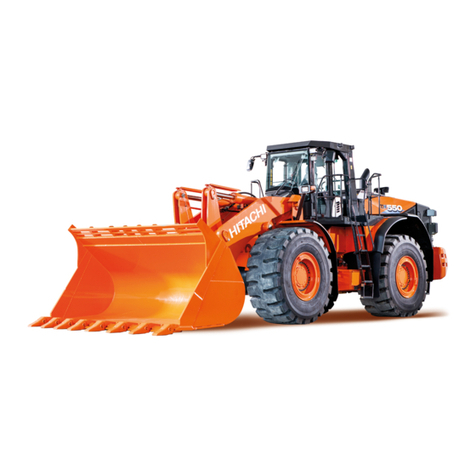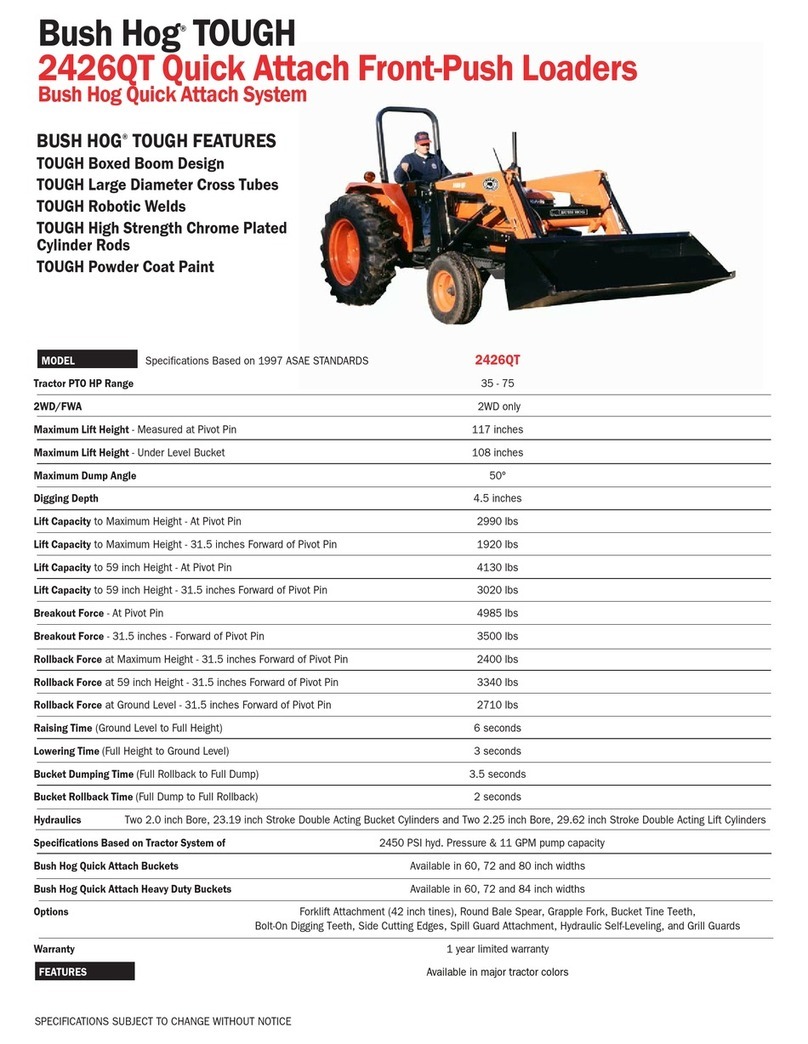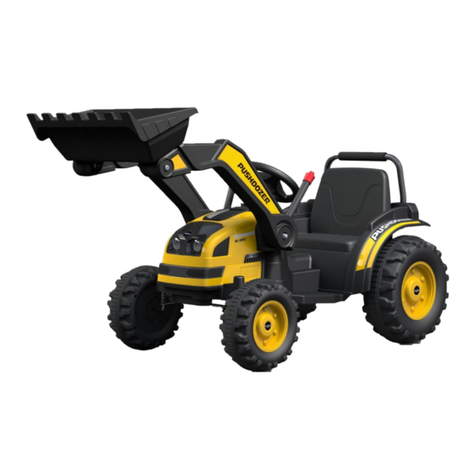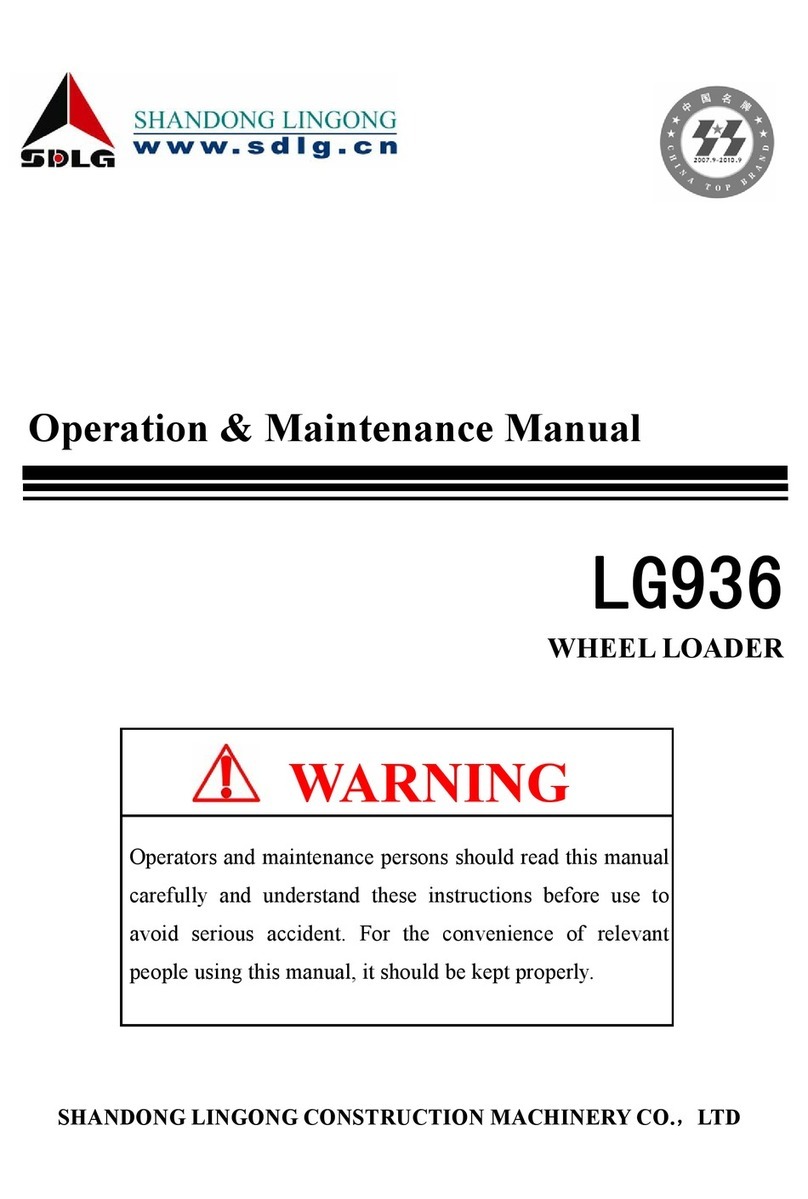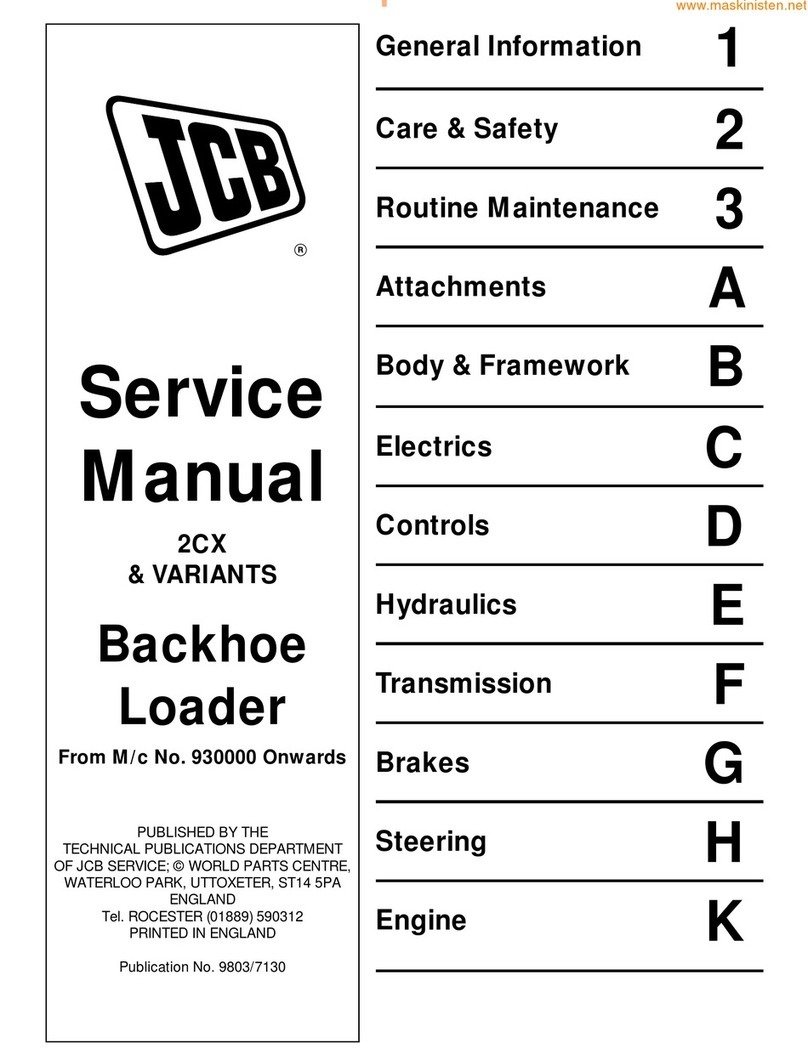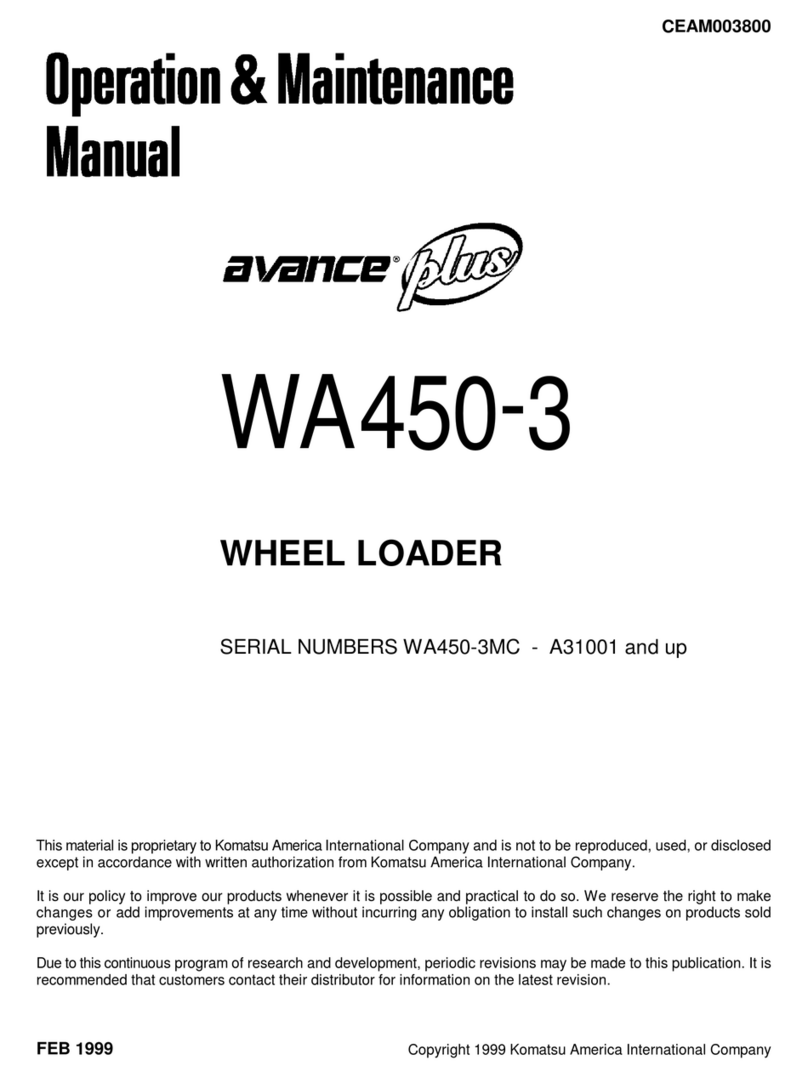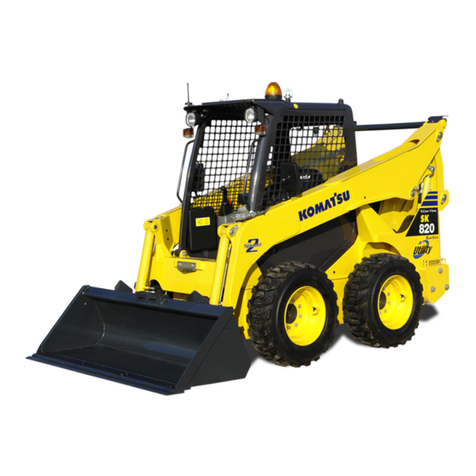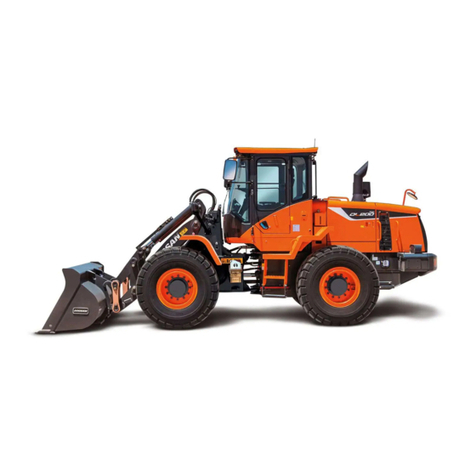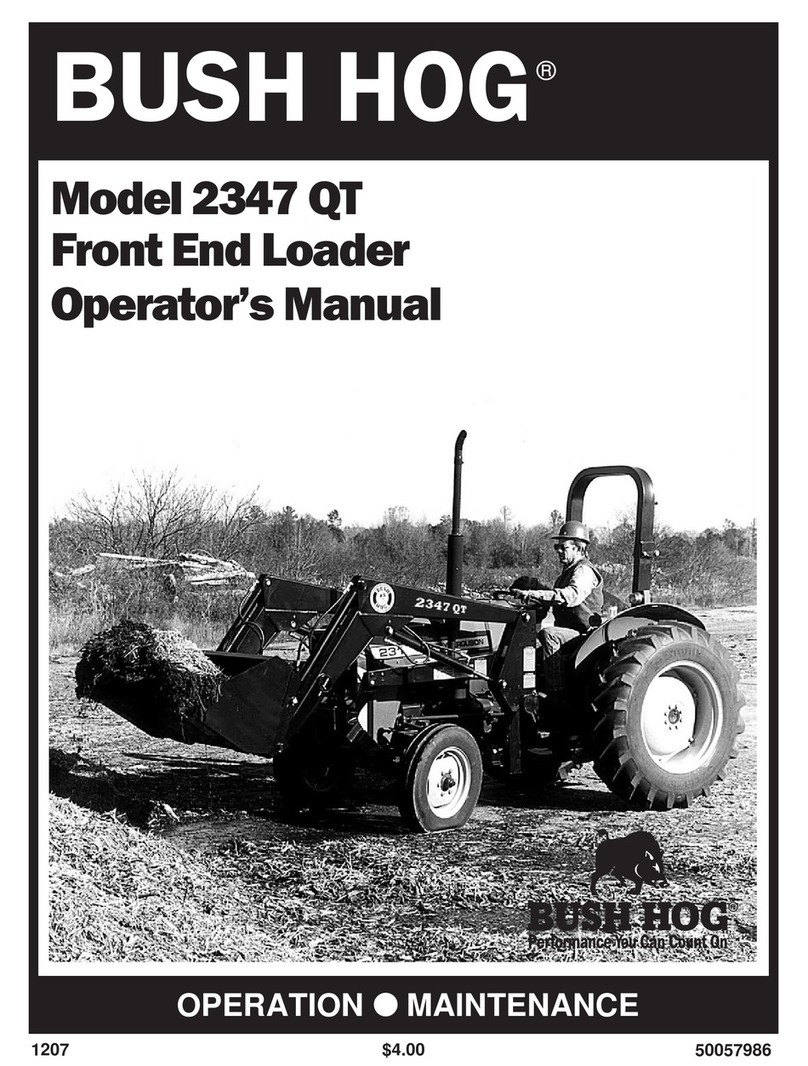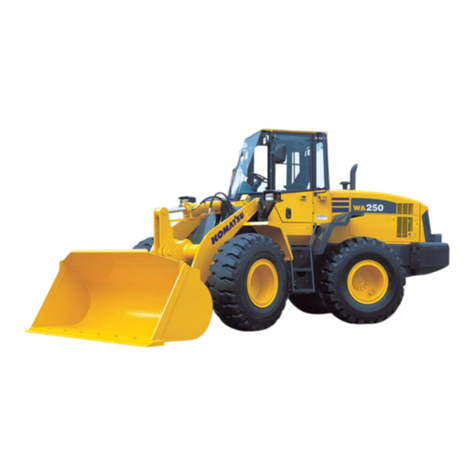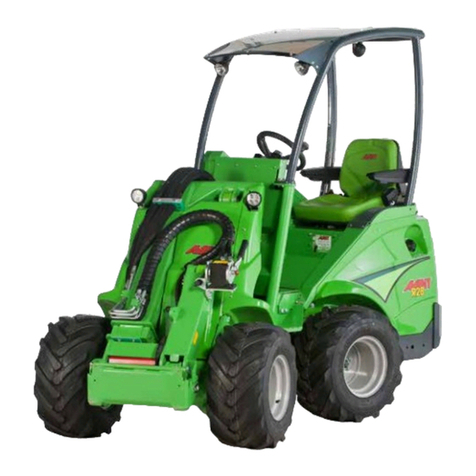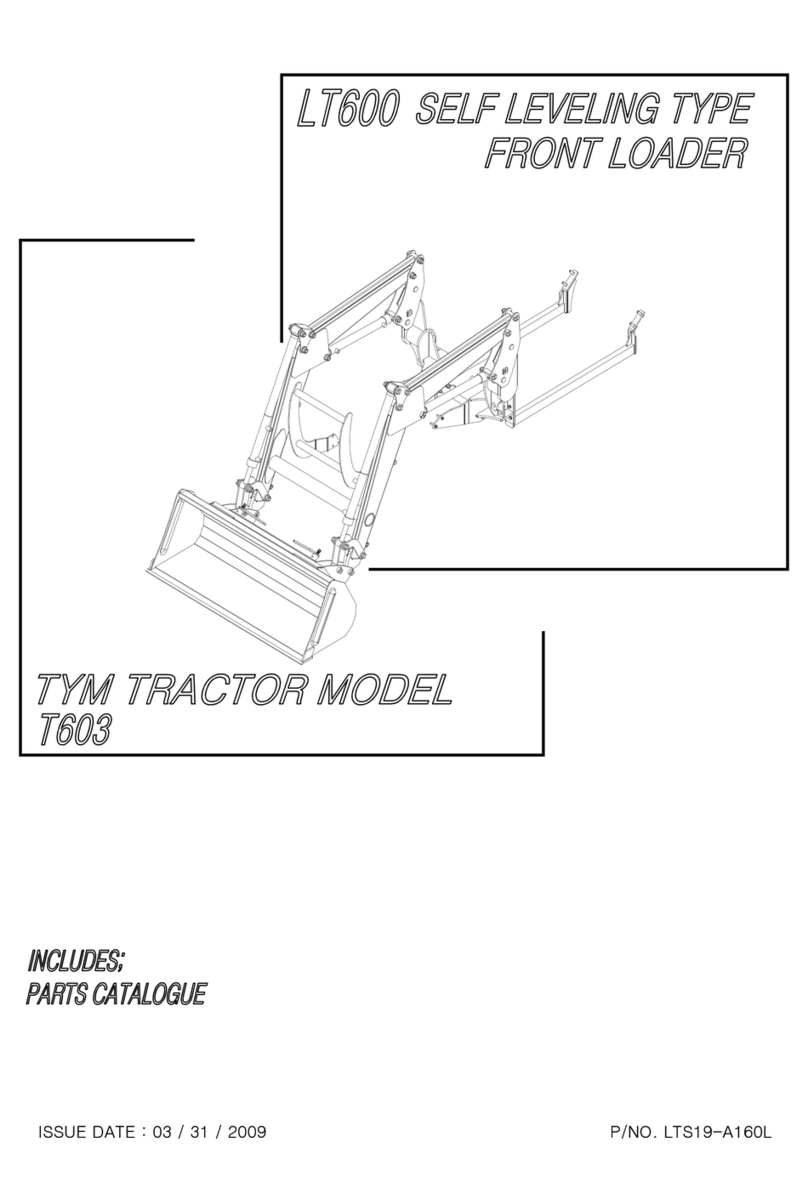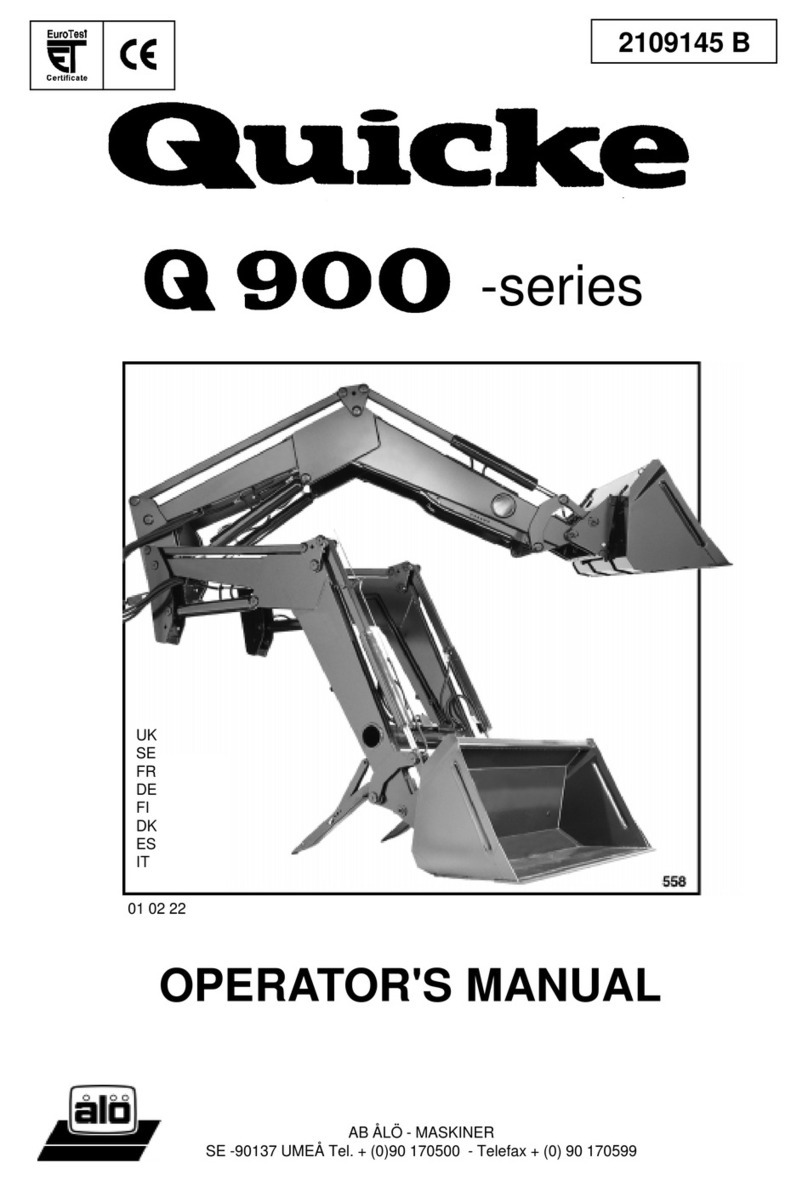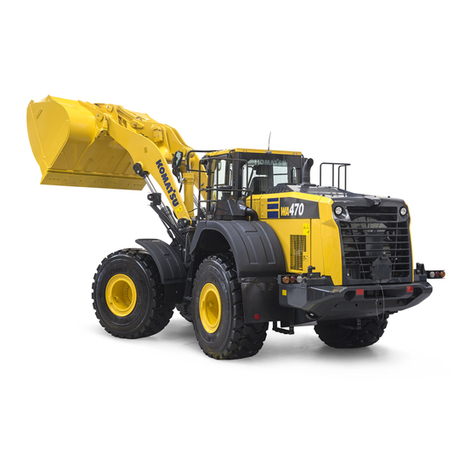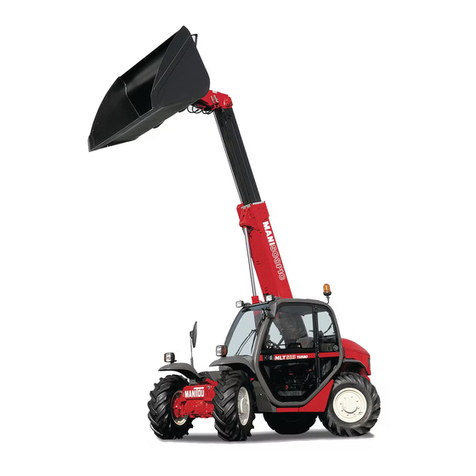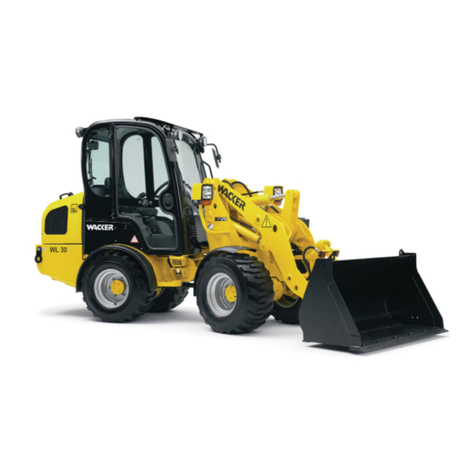
5
4. DIAGNOSTICS DISPLAY ........................................................................................................................... 65
4.1 SYMBOL.............................................................................................................................................. 66
4.2 SETUP MENU ..................................................................................................................................... 67
4.3 SETUP MENU ..................................................................................................................................... 68
4.4 PROCEDURE ABOUT SELF TEST .................................................................................................... 69
4.5 ON BOARD ERROR CODE RETRIEVAL ........................................................................................... 70
4.6 BACKLIGHTING AND DIMMING......................................................................................................... 71
4.7 WORK HOURS.................................................................................................................................... 72
4.8 FUNCTIONAL DESCRIPTION ............................................................................................................ 73
4.9 MAINTENANCE................................................................................................................................... 79
4.10 WARNING MESSAGES .................................................................................................................... 80
5. STARTING SYSTEM .................................................................................................................................. 86
5.1 DESCRIPTION AND OPERATION...................................................................................................... 86
5.2 FAULT FINDING.................................................................................................................................. 87
5.3 STARTER MOTOR.............................................................................................................................. 90
6. ALTERNATOR............................................................................................................................................ 96
6.1 TECHNICAL SPECIFICATIONS.......................................................................................................... 96
6.2 DESCRIPTION AND OPERATION...................................................................................................... 96
6.3 COMPONENTS ................................................................................................................................... 98
6.4 REMOVAL ........................................................................................................................................... 99
6.5 PRELIMINARY CHECK AND TESTS................................................................................................ 100
6.6 FAULT FINDING................................................................................................................................ 109
7. BATTERY ................................................................................................................................................. 110
7.1 TECHNICAL SPECIFICATIONS........................................................................................................ 110
7.2 DESCRIPTION AND OPERATION.................................................................................................... 110
7.3 BATTERY REPLACEMENT .............................................................................................................. 111
7.4 MAINTENANCE................................................................................................................................. 113
7.5 TESTS ............................................................................................................................................... 115
7.6 CONNECTING A BOOSTER BATTERY ........................................................................................... 117
7.7 BATTERY MASTER SWITCH ........................................................................................................... 117
8. COMPONENT TESTING .......................................................................................................................... 118
8.1 GENERAL INTRODUCTION ............................................................................................................. 118
8.2 COMPONENT TESTING ................................................................................................................... 119
8.3 GROUND POINTS............................................................................................................................. 119
8.4 KEY-START AND STOP SWITCH .................................................................................................... 121
8.5 ALTERNATOR................................................................................................................................... 122
8.6 TRANSMISSIONS ............................................................................................................................. 122
8.7 PARKING BRAKE SWITCH .............................................................................................................. 126
8.8 CAB ................................................................................................................................................... 127
8.9 4WD SWITCH.................................................................................................................................... 132
8.10 BRAKE PEDAL SWITCHES ............................................................................................................ 132
8.11 BRAKE OIL LEVEL SWITCH........................................................................................................... 133
8.12 FRONT WORK LAMP SWITCH (1) - REAR WORK LAMP SWITCH (2) MAIN LIGHT SWITCH ... 133
8.13 HAZARD SWITCH ........................................................................................................................... 134
8.14 FLASHER MODULE ........................................................................................................................ 134
8.15 MULTI FUNCTION SWITCH ........................................................................................................... 135
8.16 FRONT WIPER MOTOR (1) - REAR WIPER MOTOR - (2) ............................................................ 135
8.17 4WS -STEERING SELECTOR SWITCH ......................................................................................... 136
8.18 STEERING CONTROL UNIT........................................................................................................... 137
8.19 4WS REAR AXLE STEERING SENSOR ........................................................................................ 139
8.20 4WS FRONT AXLE STEERING SENSOR ...................................................................................... 139
8.21 STEERING SOLENOIDS................................................................................................................. 140
Find manuals at http://best-manuals.com/search?&s=NH-87643846
